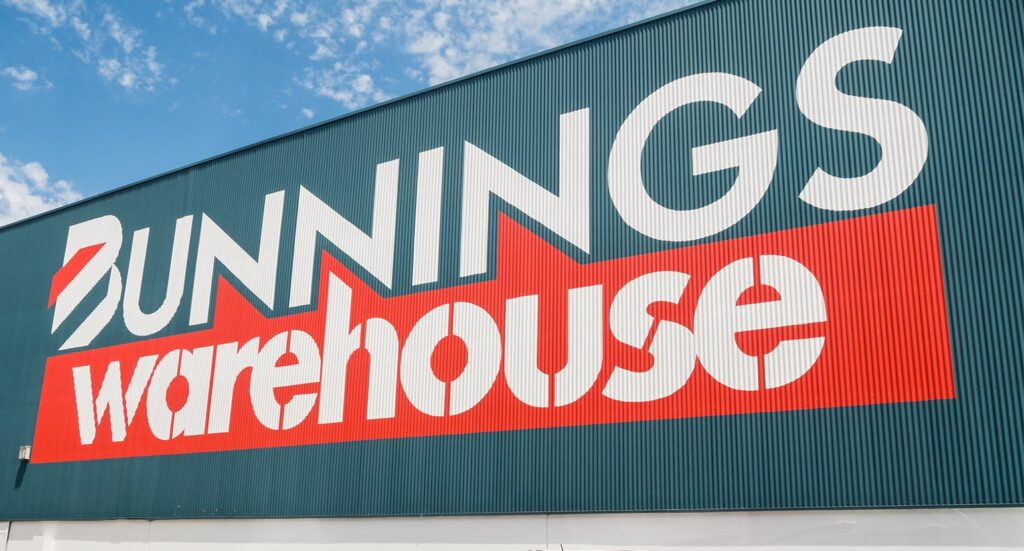With the power to unlock revenue growth beyond sales, retail media is rapidly evolving into a multi-billion-dollar sector.
The monetisation of retail assets has come a long way since department stores like Myer and David Jones first sold physical space within their stores. Starting with catalogues and evolving into multiplatform media offerings, Woolworths and Coles have become Australia’s early pioneers in the space. And now, Bunnings joins the pack with Hammer Media.
Pegged as a $3 billion opportunity for Australian retailers, there’s no doubt your retail brand is currently eyeing a slice of the pie and wondering how to get into the game. So what are the opportunities and challenges you need to consider?
Let’s start at the beginning by establishing a definition of retail media.
Retail media allows brands to target shoppers at or near the point of purchase, leveraging a retailer’s first-party data to deliver relevant, conversion-focused marketing. It uses advertising inventory, including a retailer’s owned channels, such as online and in-store.
It’s been around since the advent of the catalogue and has long been a source of income for retailers who on-sell space to suppliers. A lucrative revenue stream, retail media has become all the more attractive with the increased digitisation of retail brands, which opens up seemingly endless inventory to run ads.
In Australia, Coles and Woolies are the leaders in the space, offering suppliers a vast suite of options to target consumers – email, web, social, and every sort of in-store advertising you can think of.
Establishing the infrastructure
Making money from ad space instead of physical products sounds like a dream for retailers grappling with supply chains and stock shortages. But the first step is putting the right infrastructure in place.
Consider the implications of bringing media in-house. Your marketing and category teams may find themselves juggling media sales and execution alongside their day jobs, so they are going to need extra resources.
Big retailers have created stand-alone divisions to manage their media operations. Woolworths has Cartology. Coles has Coles 360. And now Bunnings has Hammer Media. The main benefit of a stand-alone is greater control over the delivery of non-sales revenue and its growth potential. But it can add layers of complexity and additional points of contact for brands.
Woolworths has acknowledged this complexity and its impact across the business with a number of recent redundancies, including within Cartology, as the supermarket chain launches a separate Woolworths Retail division.
These complexities and costs could challenge agile models as the focus shifts from customers to non-sales revenue. Careful management and the right resourcing model are key to success. Start with a few suppliers you trust. Work with them to achieve common outcomes and take on board their feedback to create a real win-win experience for your key partners.
Avoid unnecessary complexity
Retailers without the infrastructure of a Cartology, Coles 360, or Hammer Media need to tread carefully.
To keep costs down and operations efficient, focus on simplicity for both your team and your suppliers. Too many internal touchpoints can lead to frustration or a poor customer experience.
Keep in mind the complexity your suppliers are facing, also. Increased retail media investment across multiple platforms and brands means their budgets need to stretch further, and often with the same amount of resources to manage them. For smaller brands, this will also make it more challenging to stand out against their bigger rivals.
What’s in it for the customer?
Don’t forget who your most important customers are – shoppers. The revenue opportunity is real, but so is the risk of bombarding customers with irrelevant messages.
Done well, retail media enhances the experience by serving genuinely useful ads. But it’s easy for marketing teams to lose sight of the customer when media is driven purely by trading terms. To avoid this, develop joint marketing plans with a customer lens, not just a commercial one.
Ensure transparency
The Australian Competition and Consumer Commission (ACCC) is training its gaze on retail media, with claims that Coles and Woolies are pressuring suppliers to advertise with limited visibility on where their money is going, or how it’s performing.
Suppliers deserve a return on investment and clear reporting. Be upfront about the accuracy and efficiency of your model. Assign a value to each asset that aligns with the market, and make sure it’s consistent.
As more retailers get involved, your rates need to be competitive. Suppliers now have more visibility than ever of what your competitors are offering.
Be transparent about your measurement tools and business capabilities. Collaborate with suppliers to agree on commercial outcomes and maintain compliance in-store and across your media mix.
The data advantage
With privacy laws tightening and third-party cookies vanishing, retailers now hold the keys to some of the most valuable customer data around – intent-based insights from shoppers ready to buy.
This makes retailers critical partners for brands seeking high-quality targeting. But with great data comes great responsibility. You need to show not just the depth of your data, but how it’s used to drive outcomes for brands – and real value for customers. Ensure data is collected ethically, stored securely, and used to create personalised, effective campaigns.
If you’re sitting on valuable assets – store traffic, digital channels, customer data – then retail media could be your next big revenue stream. But it’s not as simple as flicking a switch. It requires investment, infrastructure, alignment, and a clear view of your value to both suppliers and customers.
As Bunnings enters the big leagues with Hammer Media, retail media is no longer a niche play – it’s a strategic lever for growth. But the real winners won’t just be the loudest or the biggest. They’ll be the ones who start smart, stay transparent, and never forget who the media is really for – the customer.




